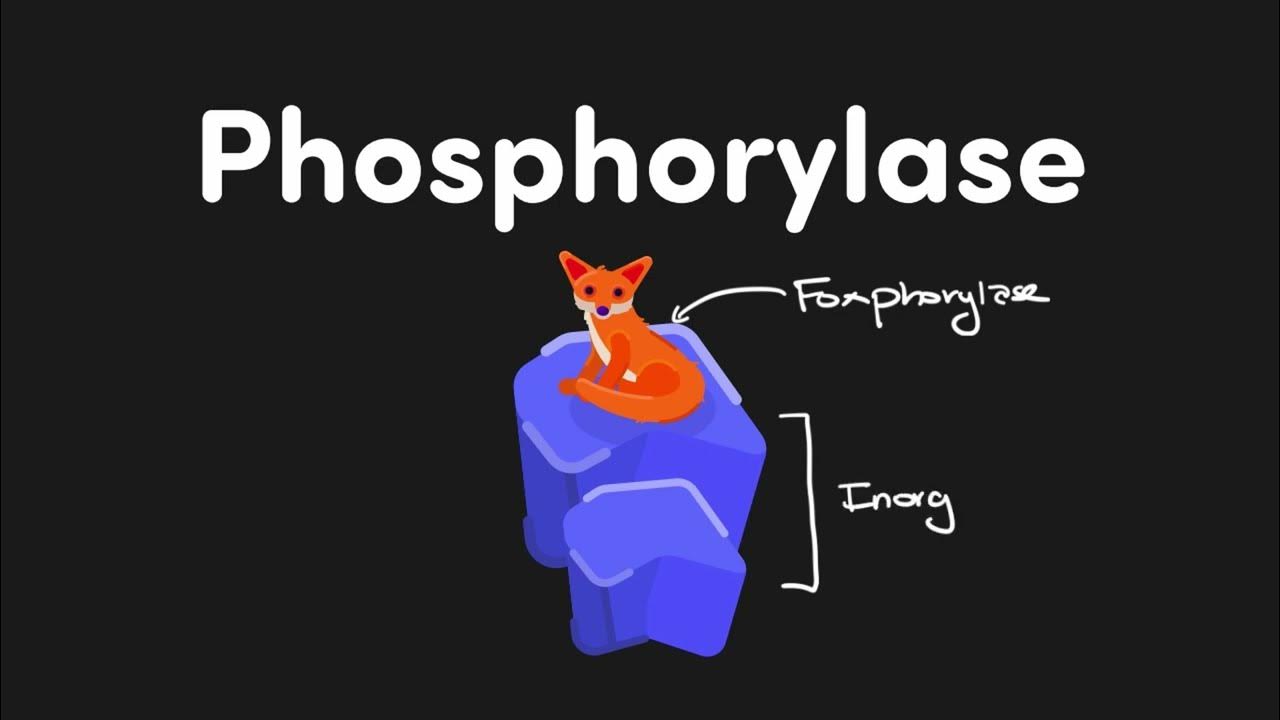Materi Kuliah: Enzim dan Koenzim
Summary
TLDRThis video script provides an in-depth explanation of enzymes, their functions, classifications, and factors affecting their activity. It covers enzyme properties such as sensitivity to temperature, pH, and metal ions, and highlights key concepts like cofactors, active sites, and substrates. The script also discusses enzyme kinetics, including Michaelis-Menten principles, and the mechanisms behind enzyme inhibition (competitive and non-competitive). Key enzyme theories like the Lock and Key and Induced Fit models are explored, as well as the impact of external factors on enzyme performance. Overall, it offers a comprehensive overview of enzyme biology for educational purposes.
Takeaways
- 😀 Enzymes are proteins that accelerate metabolic reactions in living organisms by lowering activation energy.
- 😀 Enzymes are sensitive to temperature, pH, and metal ions, with these factors affecting their activity and stability.
- 😀 Temperature increases kinetic energy, leading to more enzyme-substrate collisions, but excessive heat can cause enzyme denaturation.
- 😀 pH affects enzyme structure, and extreme pH levels can alter enzyme function, leading to a decrease in activity.
- 😀 Metal ions can disrupt enzyme function by breaking peptide bonds and causing enzyme inactivation.
- 😀 Enzymes are classified into six major classes: oxidoreductases, hydrolases, lyases, isomerases, ligases, each with a unique function and enzyme code.
- 😀 Enzyme cofactors are essential for enzyme activation and can be either organic (coenzymes) or inorganic (metal ions).
- 😀 The Michaelis constant (KM) is used to measure the enzyme's affinity for its substrate and can be determined through reaction kinetics.
- 😀 Two major enzyme-substrate interaction models are the 'Lock and Key' model (one substrate per enzyme) and the 'Induced Fit' model (enzymes can bind multiple substrates).
- 😀 Enzyme activity can be affected by substrate concentration, with reaction rates increasing as substrate concentration rises until all enzyme active sites are occupied.
- 😀 Inhibitors are molecules that reduce enzyme activity. Competitive inhibitors block the active site, while non-competitive inhibitors alter enzyme conformation, reducing its efficiency.
Q & A
What are enzymes, and what role do they play in living organisms?
-Enzymes are proteins that accelerate chemical reactions in living organisms, specifically in metabolic processes. They act as biological catalysts, speeding up reactions without being consumed in the process.
How does temperature affect enzyme activity?
-Temperature increases enzyme activity by raising the kinetic energy of molecules, leading to more collisions between enzymes and substrates. However, if the temperature exceeds the enzyme's optimal range, it can cause denaturation, rendering the enzyme inactive.
What is the relationship between pH and enzyme activity?
-Enzymes have an optimal pH range in which they function most efficiently. Deviations from this pH can alter the enzyme’s active site, affecting its ability to bind substrates and catalyze reactions, leading to decreased enzyme activity.
What are cofactors, and how do they relate to enzyme activity?
-Cofactors are non-protein molecules that assist enzymes in becoming active. They can be inorganic (such as metal ions) or organic (such as coenzymes) and are essential for the enzyme’s function by helping it interact with its substrate.
Can you explain the difference between a coenzyme and an inorganic cofactor?
-A coenzyme is an organic molecule, typically a vitamin derivative, that helps activate an enzyme. An inorganic cofactor, on the other hand, is usually a metal ion, such as zinc or magnesium, that is essential for enzyme activity.
What is the Michaelis-Menten constant (KM), and what does it indicate?
-The Michaelis-Menten constant (KM) measures the affinity of an enzyme for its substrate. A lower KM indicates high affinity, meaning the enzyme binds the substrate more readily, while a higher KM suggests lower affinity.
What are the main theories explaining enzyme-substrate interaction?
-The two main theories are the 'Lock and Key' model, which suggests that the enzyme's active site is specifically shaped to fit a particular substrate, and the 'Induced Fit' model, which proposes that the enzyme changes shape to accommodate the substrate more effectively.
How does substrate concentration affect enzyme activity?
-At low substrate concentrations, increasing the substrate level enhances the reaction rate. However, once all enzyme active sites are occupied, adding more substrate does not increase the rate of reaction, as the enzyme becomes saturated.
What is competitive inhibition, and how does it affect enzyme activity?
-Competitive inhibition occurs when an inhibitor molecule with a similar structure to the substrate competes for the enzyme's active site. This reduces the enzyme's ability to bind the substrate, thereby slowing down the reaction rate.
What is the difference between competitive and non-competitive inhibition?
-In competitive inhibition, the inhibitor competes with the substrate for the active site, while in non-competitive inhibition, the inhibitor binds to a site other than the active site, altering the enzyme’s shape and reducing its activity, regardless of substrate concentration.
Outlines

Esta sección está disponible solo para usuarios con suscripción. Por favor, mejora tu plan para acceder a esta parte.
Mejorar ahoraMindmap

Esta sección está disponible solo para usuarios con suscripción. Por favor, mejora tu plan para acceder a esta parte.
Mejorar ahoraKeywords

Esta sección está disponible solo para usuarios con suscripción. Por favor, mejora tu plan para acceder a esta parte.
Mejorar ahoraHighlights

Esta sección está disponible solo para usuarios con suscripción. Por favor, mejora tu plan para acceder a esta parte.
Mejorar ahoraTranscripts

Esta sección está disponible solo para usuarios con suscripción. Por favor, mejora tu plan para acceder a esta parte.
Mejorar ahora5.0 / 5 (0 votes)






